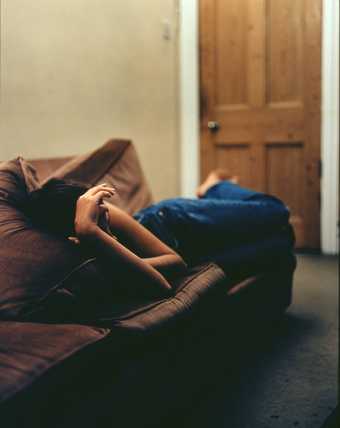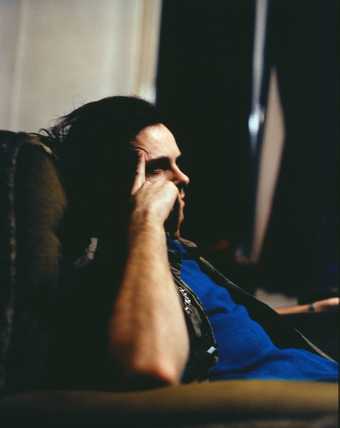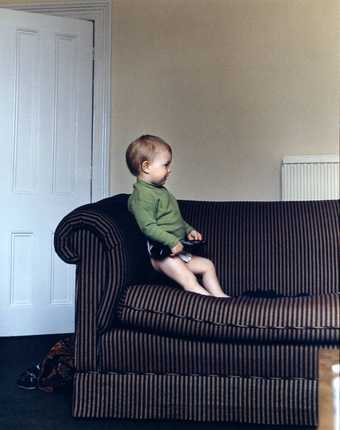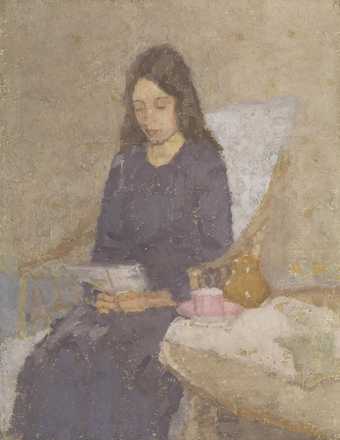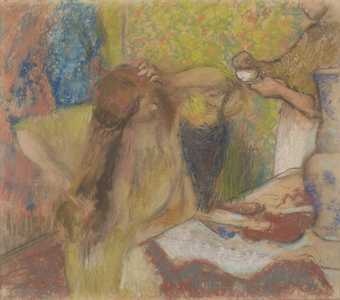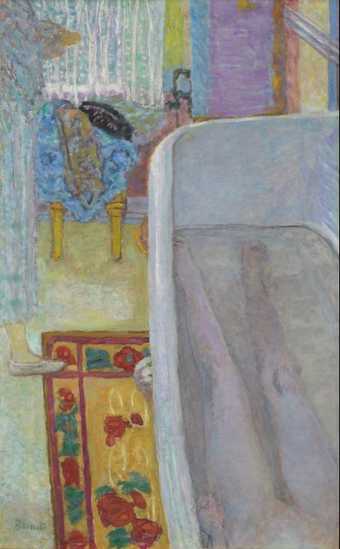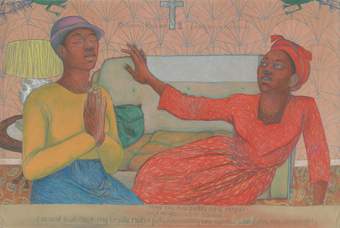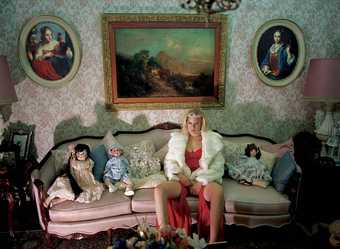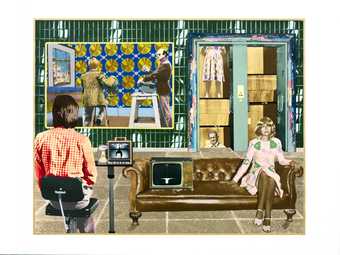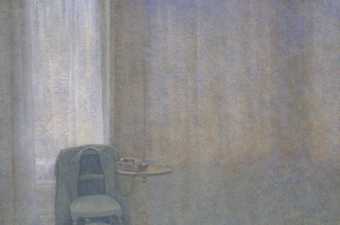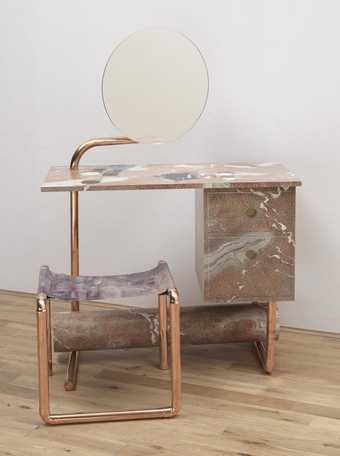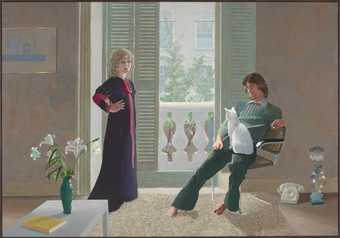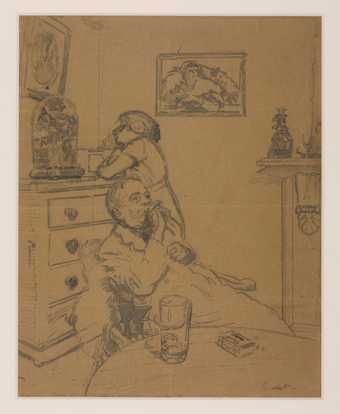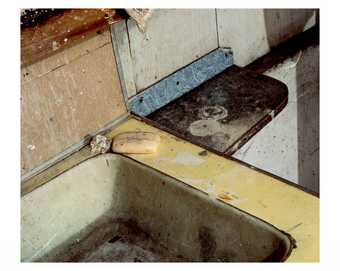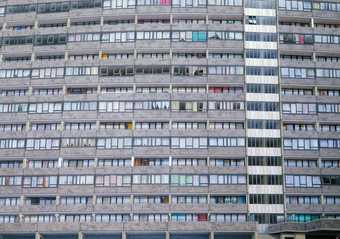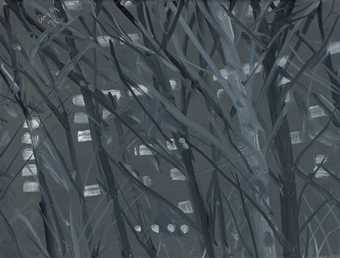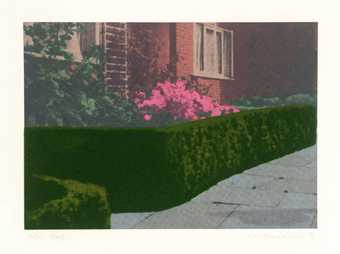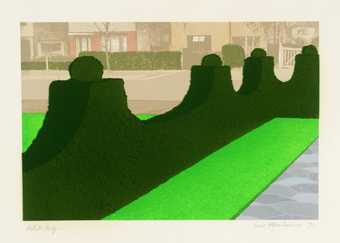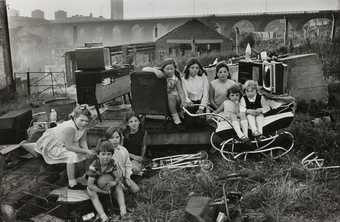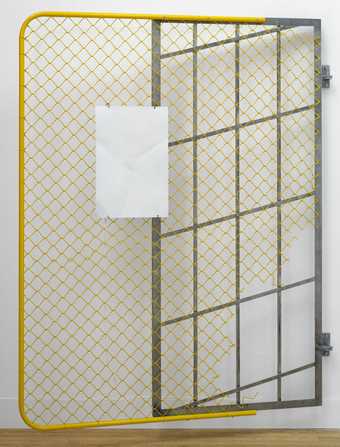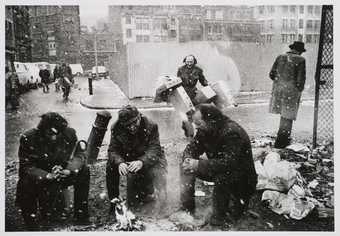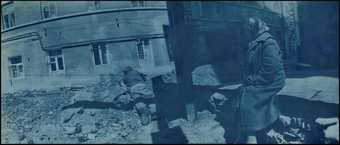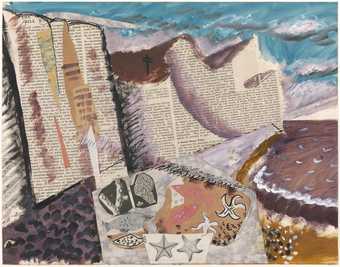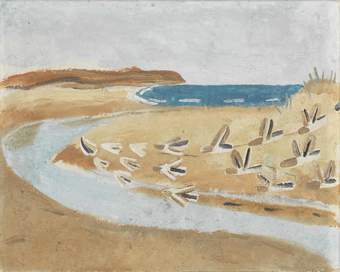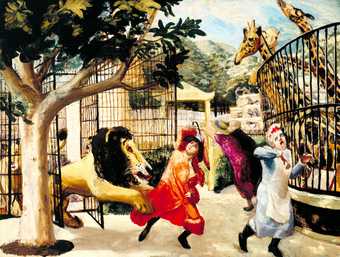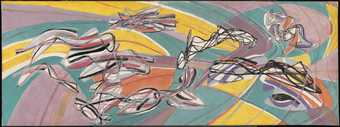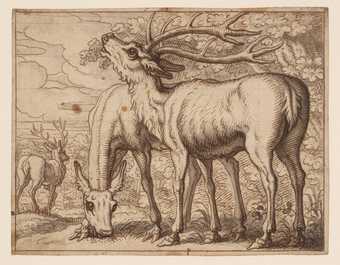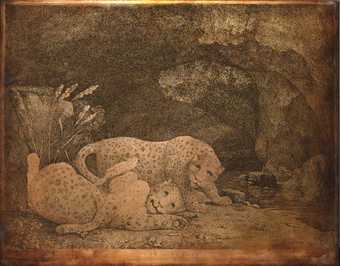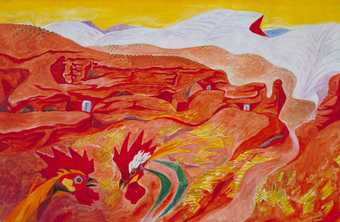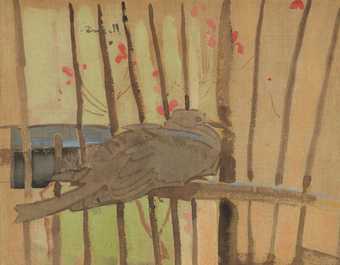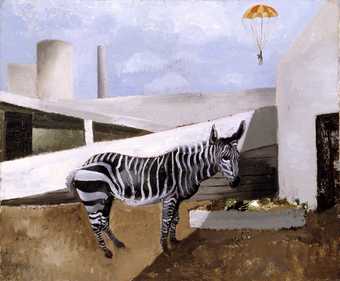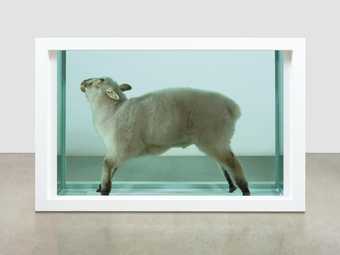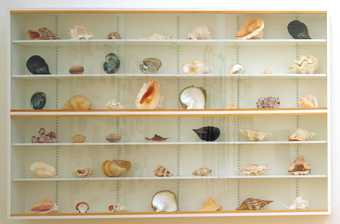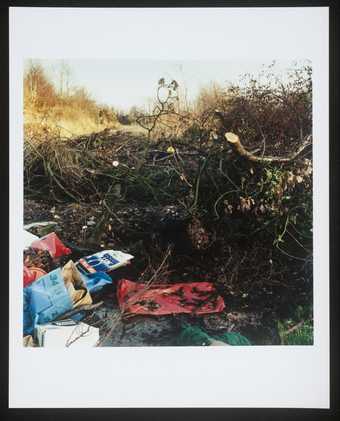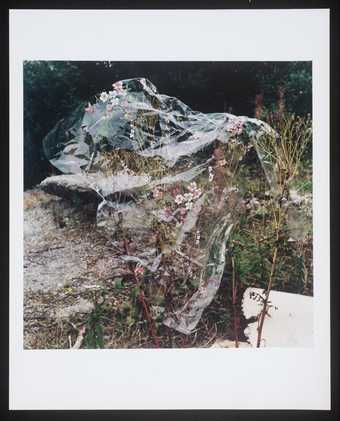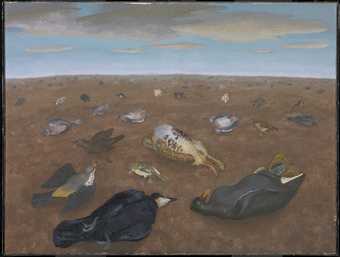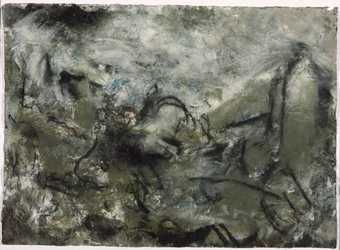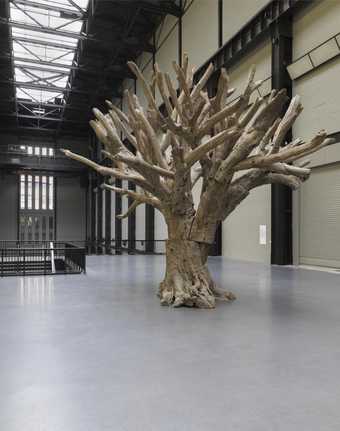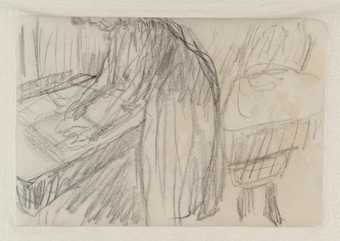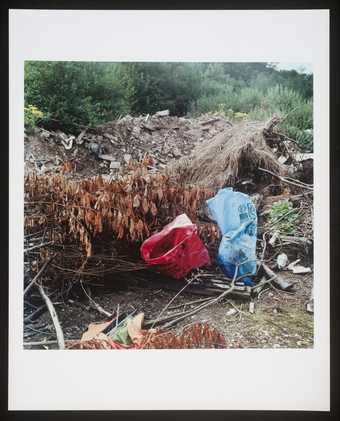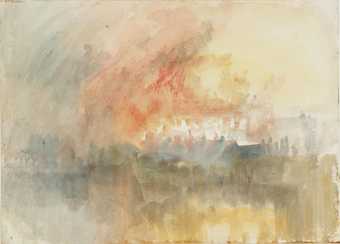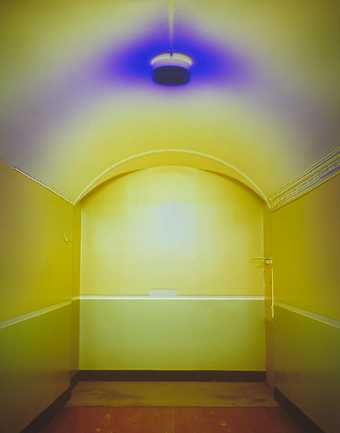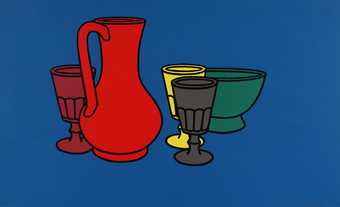Introduction
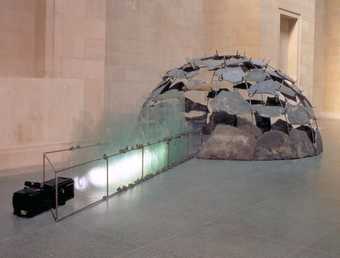
Mario Merz
Igloo, Do We Go Around Houses, or Do Houses Go Around Us? (1977, reconstructed 1985)
Tate
What is a habitat? A habitat is the home or environment where people, animals, fish and plants live. Our planet is also a habitat. It needs to be carefully looked after to preserve plants, animals and insects ŌĆō as well as ourselves and future generations!
Human habitats
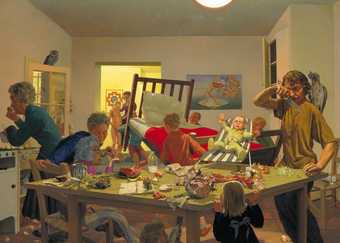
Jonathan Leaman
A Jan Steen Kitchen (1995ŌĆō6)
Tate
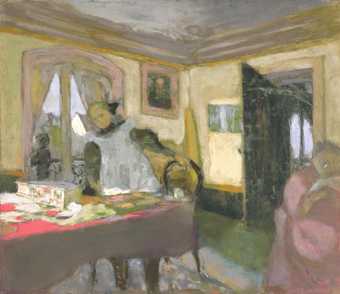
Edouard Vuillard
The Laden Table (c.1908)
Tate
Home life
What does ŌĆśhomeŌĆÖ mean to you? The place where you live? Your family? The objects and things you surround yourself with that make you feel happy? Domestic interiors and scenes of family life are a popular subject in art.
Look at these two scenes of family life at home. What do the paintings tell you about these habitats and the families that live in them? How would you depict your home life?
Ordinary lives: coffee, a chip fryer and bed!
Edouard Vuillard was an impressionist painter. Although now impressionism might look a little bit tame, the impressionists were a radical movement at the end of the nineteenth century. They chose to draw and paint everyday scenes of people in their homes, at work and in bars and cafes. (At that time art was supposed to show classical heroes and historical and biblical subjects.)
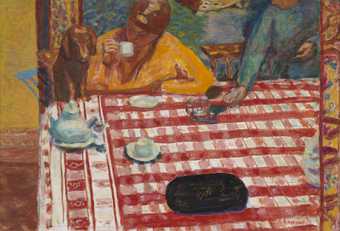
Pierre Bonnard
Coffee (1915)
Tate
Pierre BonnardŌĆÖs Coffee 1915 is a familiar domestic scene ŌĆō even though it was painted over one hundred years ago. Someone is having a cup of coffee (at breakfast perhaps) and talking to their dog. Bonnard made lots of sketches for this painting, capturing the details of the room and planning the composition, working out what he will include and where everything will go.
In the 1950s artists such as John Bratby and Jack Smith also painted home life and celebrated the lives of ordinary people and the places where they lived.
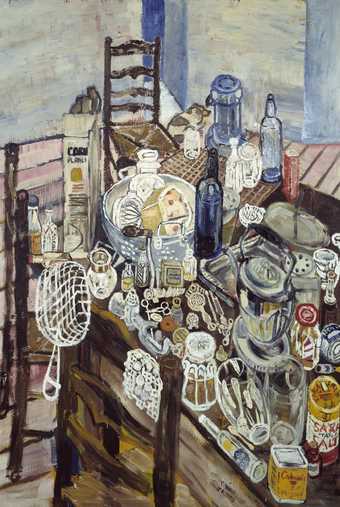
John Bratby
Still Life with Chip Frier (1954)
Tate
┬® The estate of John Bratby. All Rights Reserved 2020 / Bridgeman Images
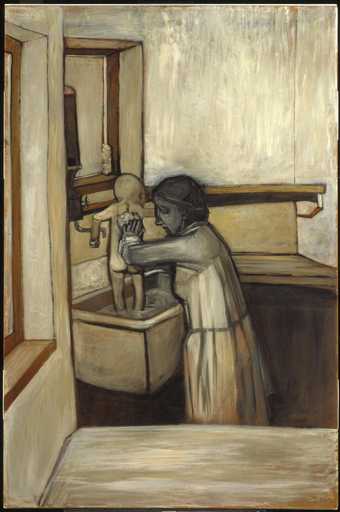
Jack Smith
Mother Bathing Child (1953)
Tate
One critic described their work as including:
every kind of food and drink, every utensil and implement, the usual plain furniture and even the babiesŌĆÖ nappies on the line. Everything but the kitchen sink ŌĆō the kitchen sink too.
David Sylvester
This comment led to these artists being known as the ŌĆśKitchen Sink PaintersŌĆÖ.
What does your bedroom say about you? Like the Kitchen Sink Painters, Tracey Emin is interested in creating artworks that explore and reflect her life. Her installation My Bed 1998 recreates the mess and clutter of her room at a time when she felt her life was a mess.
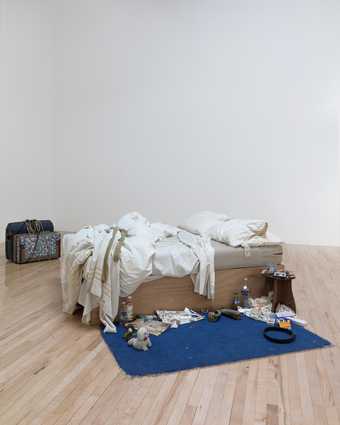
Tracey Emin
My Bed (1998)
Lent by The Duerckheim Collection 2015
My Bed provides us with a glimpse into the artistŌĆÖs very personal habitat as well as a glimpse into her feelings and emotions.
In 1998 I had a complete, absolute breakdown, and I spent four days in bed; I was asleep and semi-unconscious. When I eventually did get out of bed, I had some water, went back, looked at the bedroom and couldnŌĆÖt believe what I could see; this absolute mess and decay of my life.
Tracey Emin
Captured on camera
Photography is perfect way of capturing fleeting glimpses of human habitats and home life. In his series of Television Portraits Paul Graham shows people doing something very familiar ŌĆō sitting or lounging on the sofa watching TV.
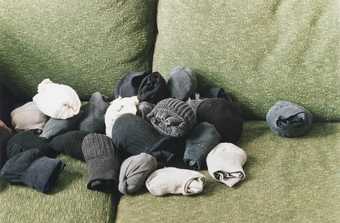
Wolfgang Tillmans
│¦│┘░∙├╝│Š▒Ķ┤┌▒ (2002)
Tate
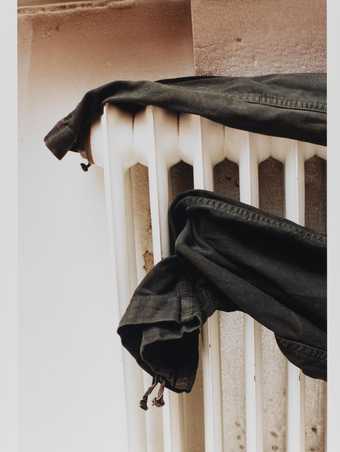
Wolfgang Tillmans
Faltenwurf (oliv) (1996)
Tate
Wolfgang Tillmans chose the most humble and unlikely details of the human habitat for his series of domestic still lifes ŌĆō including a pile of socks and clothes drying on a radiator! Captured on camera these boring details become somehow important.
Jeff Wall also often photographs apparently ordinary things. But by presenting them on a big scale, lit up by lightboxes, they look like scenes from a movie. A view from an Apartment 2004-5 shows an ordinary living room. An ironing board, a television set, piles of magazines and a pot of tea are amongst the objects of everyday life contained within it.
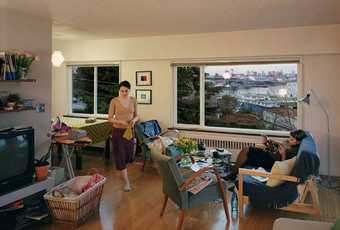
Jeff Wall
A View from an Apartment (2004ŌĆō5)
Tate
The room is dominated by the view from the window of an industrial cityscape. The minute detail of enclosed home life contrasts with the vast urban scene outside, a depiction of a broader human habitat ŌĆō the city. The vertical and horizontal lines inside the apartment are cleverly echoed in the network of lines that make up the scene outside.
Making a point: narratives and messages
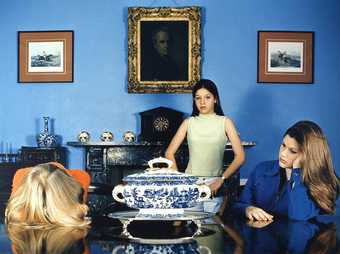
Sarah Jones
The Dining Room (Francis Place) I (1997)
Tate
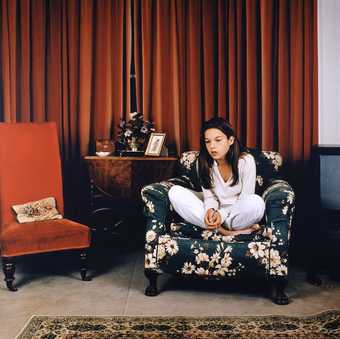
Sarah Jones
The Sitting Room (Francis Place) III (1997)
Tate
Home life isnŌĆÖt always conventional or happy. Sarah JonesŌĆÖs photographs show young women in interiors. What do the photographs suggest to you?
On one level these look like conventional pictures of upper middle-class homes. But the detached expressions of the girls and the contrast between their casual poses and the pristine interiors, create an unsettling effect. There is a mood of unhappiness and boredom.
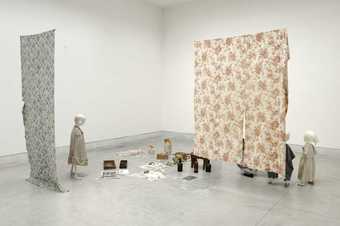
Cathy Wilkes Untitled 2013 Installation View
Cathy Wilkes also creates unsettling domestic environments. These are suggested by hanging cloths and collections of objects from daily life. Mannequin figures inhabit these spaces. The habitats seem fragile and temporary. They suggest stories that are both mysterious and unhappy and reflect wider issues in society.
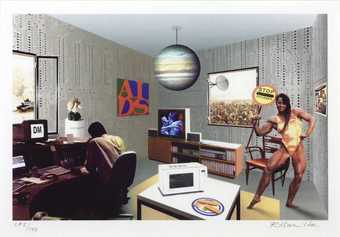
Richard Hamilton
Just what is it that makes todayŌĆÖs homes so different? (1992)
Tate
Richard Hamilton also uses the theme of human habitat to comment on society. His collage Just what is it that makes todayŌĆÖs homes so different? is a remake and update of an iconic pop art collage Hamilton made in 1956. The original collage is made from images taken mainly from American magazines. It uses humour and irony to comment on consumerism (peopleŌĆÖs desire to buy lots of things). In the updated version he swapped the contents of the 1956 habitat for images relating to issues and themes that were high profile in the 1990s. These include the AIDS epidemic, hi-tech gadgets such as computers and microwaves, and fast food.
If you were creating a collage representing peopleŌĆÖs homes, and important issues today, what would you include?

